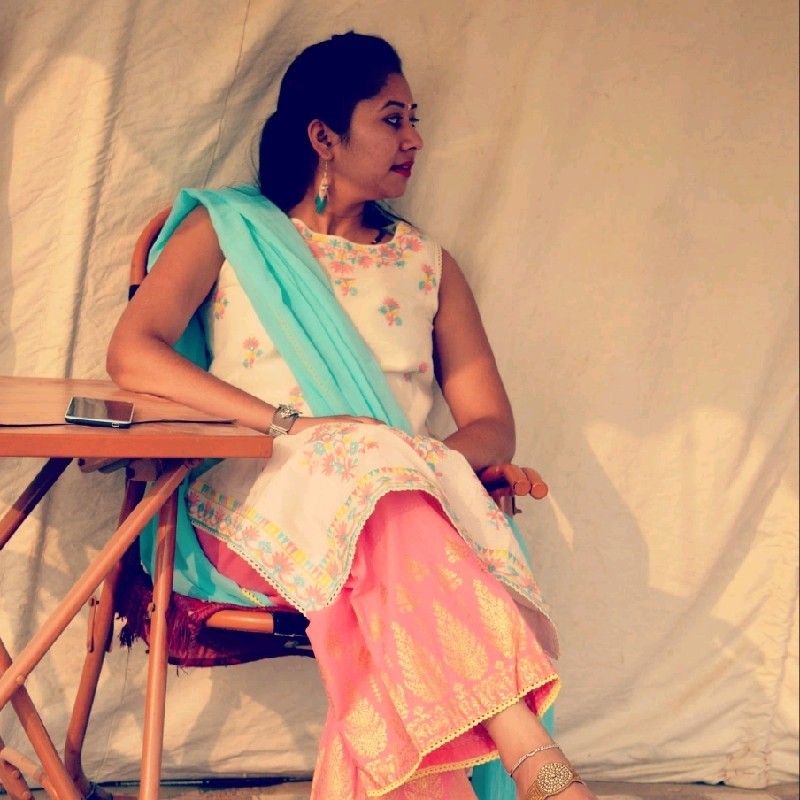Exploring the Evolution of Figure-Ground Perception
Historical Perspectives on Figure-Ground Perception
Figure-ground perception is a fascinating aspect of how we interpret the visual world around us. It involves distinguishing an object (the figure) from its background (the ground). Let’s take a stroll through the historical evolution of theories surrounding this concept.
Early Psychological Theories
In the late 19th and early 20th centuries, psychologists began to explore how humans perceive images. Here are some key figures and their contributions:
- Gestalt psychology: Founded by Max Wertheimer, Kurt Koffka, and Wolfgang Köhler, Gestalt psychology emphasized that the whole of an image is greater than its individual parts. They proposed several principles explaining figure-ground perception, including:
- Figure-Ground Segregation: This principle suggests that we instinctively separate objects from their backgrounds.
- Closure: Our minds tend to fill in missing parts of a figure to create a complete image.
Real-Life Example:
Think about how we see a tree against the sky. The tree is the figure, and the sky serves as the ground, making it easy for us to identify each element.
The Role of Early Experiments
Psychologists conducted various experiments to understand figure-ground perception better. One famous experiment involved showing participants ambiguous images, such as the famous Rubin’s Vase. This illustration can be perceived either as a vase or two faces, depending on which part the viewer focuses on.
Key Findings:
- Different viewing angles can change our perception of what is figure and what is ground.
- Attention plays a crucial role in determining which elements are perceived as figures.
Mid-20th Century Advances
As psychology evolved, researchers began to incorporate more scientific methods into their studies. In the 1950s and 60s, researchers like Irvin Rock and David Marr contributed to our understanding of visual processing.
- Irvin Rock emphasized that figure-ground perception is influenced by physical properties of objects, such as color, brightness, and shape.
- David Marr introduced a computational approach to vision, suggesting that our brain processes visual information in stages. He proposed a model where the visual system first creates a three-dimensional representation before we interpret it as figure or ground.
Real-Life Example:
When looking at a painting, the colors and shapes can influence what we perceive as the main subject versus the background.
Contemporary Theories and Applications
Today, figure-ground perception is understood not just as a psychological phenomenon but also in terms of neuroscience and artificial intelligence. Researchers are now investigating how the brain’s neural networks process visual information.
Current Insights:
- Neuroscience: Studies show that specific brain areas activate when we identify figures against backgrounds. For instance, the primary visual cortex plays a vital role in processing these visual cues.
- Artificial Intelligence: Machine learning models are being trained to recognize figures and backgrounds in images, mimicking human perception.
Real-Life Example:
Consider how social media algorithms detect faces in photos. They differentiate the figure (the person) from the ground (the background), allowing for features like tagging.
Summary of Key Theories in Figure-Ground Perception
- Gestalt Principles: Focus on holistic perception.
- Computational Models: Emphasize processing stages in visual perception.
- Neuroscientific Approaches: Investigate the brain's role in figure-ground differentiation.
This historical perspective on figure-ground perception shows us how our understanding of visual processing has evolved. From early theories to contemporary applications, the journey continues to reveal the complexities of how we perceive our visual world.

